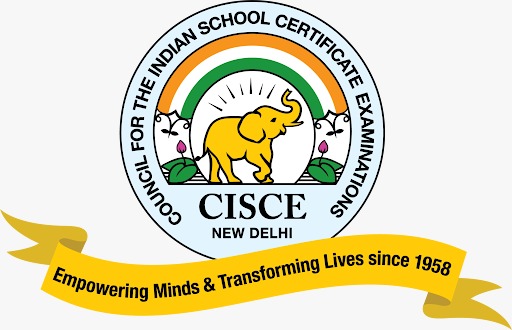Report writing is an essential skill for school students, as it helps them convey information in a structured and clear manner. Whether it’s for an academic project, a school event, or a scientific experiment, mastering report writing is a key step in developing communication skills.
What is Report Writing?
Report writing involves presenting information in an organized format for a specific audience and purpose. Reports are factual, objective, and structured, making them an effective way to communicate findings or observations.
Types of Reports
There are various types of reports that students may encounter during their school years. Each serves a unique purpose and follows a specific format.
Academic Reports
Academic reports are detailed accounts of research, study findings, or analyses. They often require critical thinking and proper referencing to support claims.
Event Reports
Event reports summarize the highlights of school activities, events, or competitions. They provide a clear overview of what happened and its significance.
Project Reports
Project reports document the progress, methods, and outcomes of school projects or experiments. They often include visual aids like charts and diagrams.
Key Features of a Report
A good report contains several essential features that make it clear, concise, and effective:
- Objective Tone: Reports are written in a formal and impartial manner.
- Factual Information: Reports focus on accurate data and evidence.
- Logical Structure: Sections are arranged in a clear and logical order.
- Visual Aids: Graphs, charts, and tables are often used to enhance understanding.
Format of a Report
Reports follow a standard structure that helps organize the content effectively. Each section has a specific purpose and contributes to the overall clarity of the report.
Title Page
The title page includes the report’s title, the name of the author, and other relevant details like the date of submission.
Table of Contents
This section lists all the headings and subheadings along with their page numbers, providing a roadmap for readers.
Introduction
The introduction sets the stage by explaining the purpose of the report, providing background information, and outlining the scope of the content.
Main Body
The main body is the core of the report, divided into sections and subsections. It contains detailed information, findings, and analyses presented logically.
Conclusion
The conclusion summarizes the key points, reinforces the findings, and may include recommendations or suggestions for further action.
References
The reference section lists all the sources used in the report, ensuring proper credit is given and maintaining academic integrity.
Tips for Effective Report Writing
Writing a report can seem daunting at first, but following these tips can help students create impactful and well-structured reports:
- Understand the Purpose: Be clear about why the report is being written and who the audience is.
- Plan and Organize: Create an outline before writing to ensure all key points are covered.
- Use Simple Language: Avoid jargon and use clear, concise language to communicate ideas effectively.
- Incorporate Visuals: Use graphs, tables, and charts to make data easier to understand.
- Revise and Edit: Proofread the report for errors and ensure it flows logically.
Common Mistakes to Avoid
While writing reports, students should watch out for these common mistakes:
- Lack of Clarity: Avoid ambiguous statements or vague explanations.
- Overloading with Information: Focus on relevant details and avoid unnecessary content.
- Ignoring the Format: Stick to the prescribed structure for consistency and readability.
- Skipping Proofreading: Errors in grammar and spelling can undermine the quality of the report.
Examples of School Reports
Here are a few examples of reports that school students might need to write:
Example 1: Academic Report
Title: “The Effects of Climate Change on Local Weather Patterns”
Structure: Introduction, Research Methods, Findings, Discussion, Conclusion, References.
Example 2: Event Report
Title: “Annual Sports Day 2024”
Structure: Introduction, Description of Events, Key Highlights, Conclusion.
Example 3: Project Report
Title: “Water Filtration Experiment”
Structure: Introduction, Objectives, Methodology, Results, Discussion, Conclusion, References.
Conclusion
Mastering report writing equips students with essential communication and organizational skills. By understanding the structure, focusing on clarity, and avoiding common mistakes, students can create reports that effectively convey information and leave a lasting impression.
FAQs
Concave mirrors converge light and can form real or virtual images, while convex mirrors diverge light and always form virtual, diminished images.
Concave mirrors can focus light rays at a single point, creating real images, or reflect light divergently to form virtual images, depending on the object’s distance.
The outward curve of convex mirrors causes light rays to diverge, allowing them to capture a broader area compared to flat or concave mirrors.
Concave mirrors are used in telescopes, headlights, solar concentrators, and dental tools for focusing light or magnifying images.
Convex mirrors provide a wide-angle view of the surroundings, making them ideal for monitoring traffic and reducing blind spots in vehicles.






